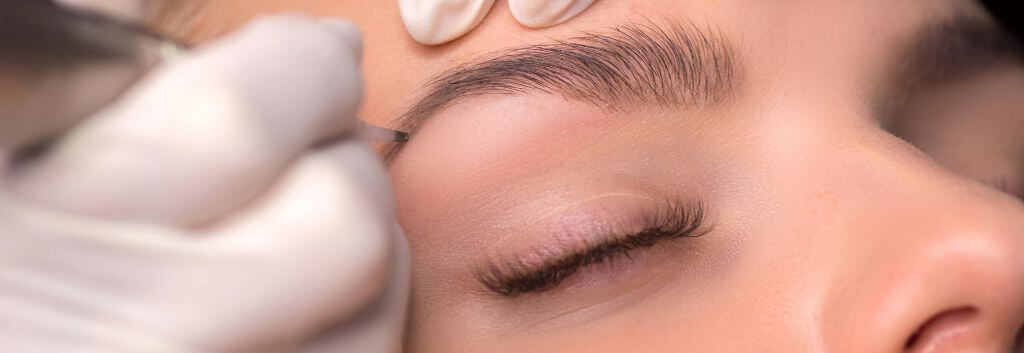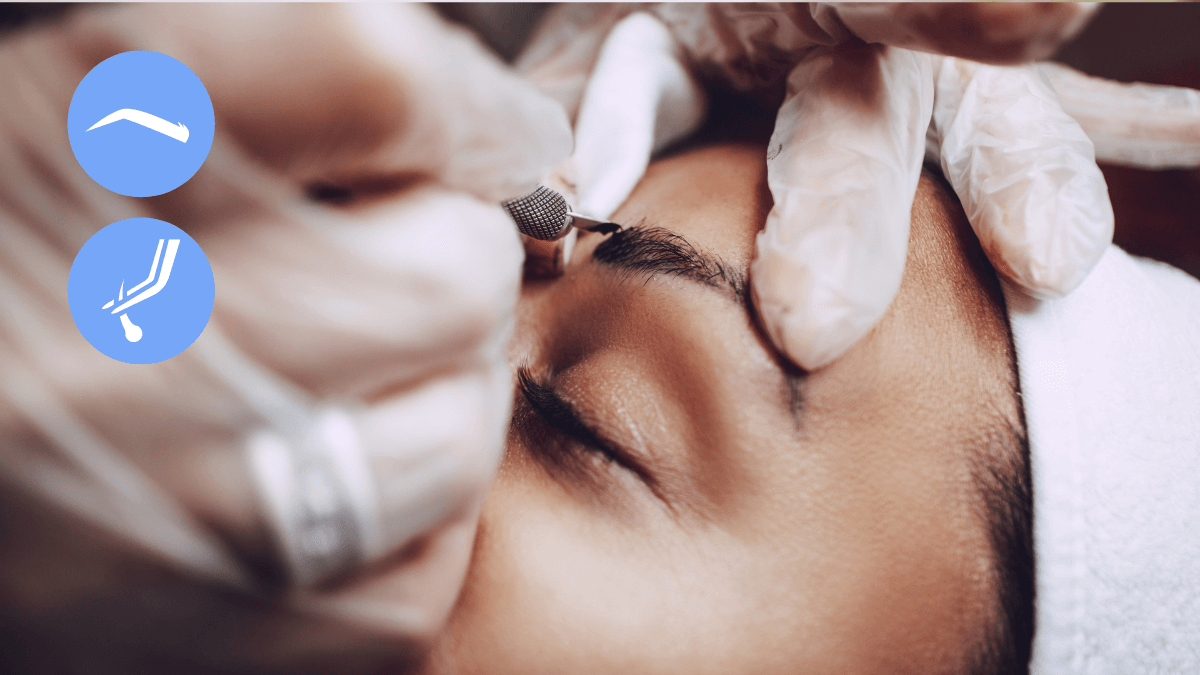Table of Contents
Eyebrows are crucial in defining our facial features and framing our faces.
For people who have lost eyebrows due to genetics, injury, or medical conditions, eyebrow hair transplants can be a great solution to restore fuller, thicker eyebrows.
This blog will take an in-depth look at eyebrow hair transplants, including the procedure, cost, risks, and side effects.
Whether you’re considering an eyebrow transplant for yourself or are just curious about the procedure, this comprehensive guide will provide all the information you need to make an informed decision.
What Is an Eyebrow Hair Transplant?
An eyebrow hair transplant is a surgical procedure that involves transferring hair follicles from one part of the body to the eyebrow area to restore or enhance the thickness and fullness of the eyebrows.
The procedure typically involves removing hair follicles from the scalp and transplanting them to the eyebrows, one follicle at a time, to mimic the natural growth pattern of eyebrow hair.
Who is a good candidate for an eyebrow transplant?
A good candidate for an eyebrow transplant is someone who:
- Has thinning or sparse eyebrows due to genetics, injury, medical conditions, or over-plucking.
- Has realistic expectations for the results and understands the risks and benefits of the procedure.
- Is in overall good health, with no serious medical conditions that would increase the risk of complications from the procedure.
- Is not pregnant or nursing, as hormonal changes during these times can affect the growth of transplanted hair.
- Is committed to following aftercare instructions and maintaining a healthy lifestyle to promote optimal healing and growth of the transplanted hair.
It is important to remember that an eyebrow transplant is a surgical procedure and not suitable for everyone.
It is recommended to discuss the procedure thoroughly with a qualified and experienced surgeon or a dermatologist to determine if you are a good candidate for an eyebrow transplant.
Eyebrow Transplant Surgeries – the process
An eyebrow transplant surgery itself usually takes about 2 to 3 hours, depending on the graft count, while the results take several months to develop fully.

The whole process, from first contact with the clinic to achieving your desired look, has 6 stages:
1- Consultation
The first step is to consult a qualified and experienced surgeon. During the consultation, the surgeon will evaluate your medical history, the current state of your eyebrows, and your desired outcome. They will also explain the procedure, the risks, and the recovery process.
2- Anesthesia
The procedure is typically performed under local anesthesia, which numbs the area to be treated. This helps to minimize discomfort and ensure that the procedure is pain-free.
3- Harvesting
Hair follicles are removed from a donor area, typically the scalp. The hair follicles are carefully selected based on the growth pattern, texture, and color to match your eyebrows.
4- Implantation
Using a specialized tool, the hair follicles are then implanted into the eyebrow area, one at a time. The hair is positioned at the correct angle and direction to mimic the natural growth pattern of eyebrow hair.
5- Post-operative care
After the procedure, the surgeon will provide instructions on caring for the transplanted hair and the surrounding area. You may need to avoid activities that could pressure the transplanted hair for several weeks.
6- Follow-up
The transplanted hair typically grows within several weeks to months after the procedure. You will have follow-up appointments with the surgeon to monitor the transplanted hair’s progress and discuss any concerns.
How long do eyebrow transplants last?
Eyebrow transplants are considered a permanent solution for enhancing or restoring the appearance of eyebrows.
The transplanted hair will continue to grow and mature like normal eyebrow hair for the rest of the patient’s life.
Side Effects and Risks
As with any other invasive operation, eyebrow hair transplants have possible complications and side effects that can’t be ignored:
- Scarring: The transplanted hair is inserted into small incisions in the eyebrow area. These incisions may result in scarring, although the scars are typically small and inconspicuous.
- Infection: There is a small risk of infection after the procedure, especially if proper aftercare instructions are not followed.
- Bleeding: Some bleeding is normal after the procedure, but excessive bleeding may require additional treatment.
- Poor growth: The transplanted hair may not grow properly or grow in an unnatural pattern.
- Uneven growth: The transplanted hair may grow at different rates, resulting in uneven eyebrows until the other parts develop.
- Numbness: There may be some temporary numbness in the eyebrow area after the procedure, but this typically resolves independently.
It is important to remember that these risks and side effects are not common and can typically be mitigated by working with a qualified and experienced surgeon and following proper aftercare instructions.
How Much Does an Eyebrow Hair Transplant Cost?
An eyebrow hair transplant can cost anywhere from $600 to $8,000, depending on the clinic’s location, the surgeon’s reputation, or the methods involved in the process.
Here are the average costs of eyebrow transplants in different countries:
- USA: $3,000 to $7,000
- Canada: $3,500 to $8,000
- UK: $3,000 to $6,000
- Europe: $2,500 to $7,000
- Australia: $3,000 to $5,500
- Turkey: $600 to $2,000
Eyebrow Transplants with a Dermatosurgeon
Eyebrow transplants can fail.
To ensure your eyebrow transplant has results that last, you must work with a real medical doctor who is preferably a dermatologist – an expert in skin and hair health – and not a technician, which is the case for most clinics out there.
That is the exact reason we’ve started UnitedCare: to include real dermatologists in hair transplant surgeries and adopt the latest trends in the field, such as DHI and bio enhancements.
These technologies and the holistic approach of a dermatologist can be applied to your eyebrow transplant too, and we’re just a click away: 👇🏻
Maximize the success rate of your Hair Transplantation.
Restore your natural look with a Dermatosurgeon.
Frequently Asked Questions (FAQs)
Is eyebrow transplant a good idea?
Eyebrow transplants can be a good option for people who have lost eyebrows due to genetics, injury, or medical conditions. But, you must ensure you are okay with undergoing a surgical procedure since side effects and risks are involved.
Which is better, eyebrow transplant or microblading?
An eyebrow transplant is a surgical procedure that provides a permanent solution for fuller eyebrows but requires a longer recovery and is more invasive. Microblading is a semi-permanent cosmetic tattooing technique that creates the appearance of fuller eyebrows with a handheld tool, but results typically last only 1-2 years and require touch-ups. The best option between the two depends on individual goals and preferences, and it is important to consult a qualified professional to determine your best choice.
Can I permanently change my eyebrows?
To achieve their desired eyebrows, many people use temporary solutions like micro-blading, which requires maintenance. However, an eyebrow transplant is a permanent solution that can be cost-effective in the long-run.

